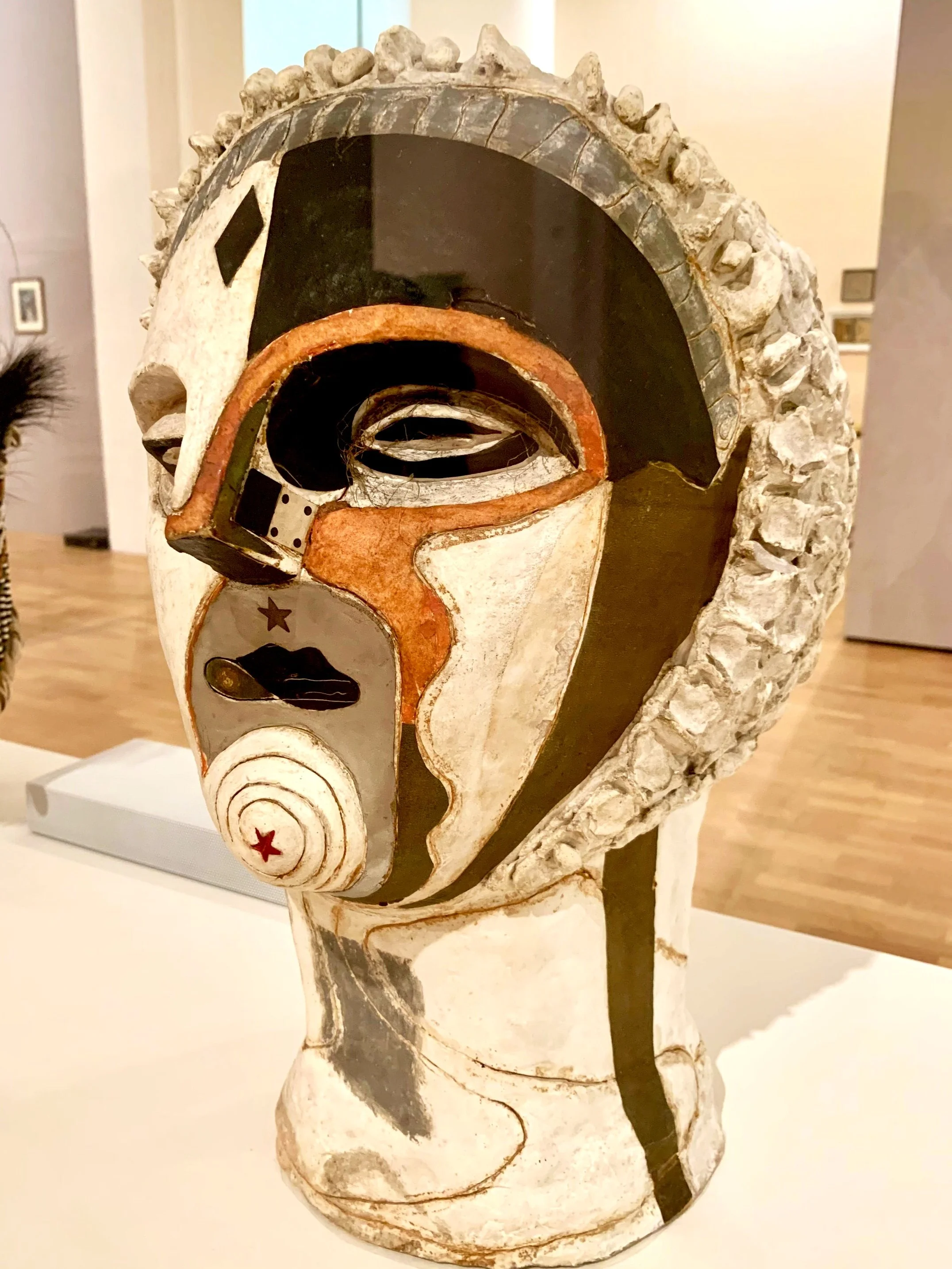Attacking the myths - Eileen Agar and the muses
It is remarkable how many women artists were engaged with the Surrealist movement and yet how few we know and commemorate when we speak about Surrealism. However, beyond Dali, Ernst and Magritte, Breton and De Kiricko, several female creators were there, equally talented, creative, and innovative.
The truth is that because of the recent uprise of the women movement, some great names as Leonora Carrington or Dorothea Tanning raised, and Frida Khalo is not anymore alone in her surrealist vitrine. Still, there are many more exceptional artists whose work we are to get to know from here on — hopefully.
Eileen Agar is one of these women, talented, intelligent and in the usual suspects’ circle and still not so famous.
Agar was born in Argentina in a very wealthy but conservative British family who wanted for her the usual and “descent” female destiny of a good marriage. Agar made her revolution very early, and she managed to follow art studies that eventually led her to The Slade school of art. From then on, an exciting life and career were in front of her. Practising an art idiom on the verge of surrealism and cubism, she found herself in the most famous artistic circles, beside Breton and Eluard, having holidays with Picasso and socialising with Ezra Pound.
Her art is as impetuous and ardent as was her life, but what attracted most my attention was her attitude towards the idea of the muse.
The situation in the first half of the 20th-century art world in Europe was all about the surrealists. And Andre Breton circle was an arrogant patriarchal commune where women were objects of desire and admiration regarding their beauty and grace.
In her prestigious artistic circles, Agar didn’t help but noticed that most of the women artists involved were there just because they were or had been partners of some of the male members. Lee Miller, for example, the exceptional photographer, was the wife of Roland Penrose, artist and writer Leonora Carrington had been the lover of Max Ernst, the talented painter Kay Sage was the wife-to-be of Yves Tanguy while the even until now underestimated painter Jacqueline Lamba the love of Andre Breton’s life— among many others. Not to mention Dora Mars, another marvellous photographer, still mostly known as Picasso’s muse than the great artist that she was. And, what’s more, all these talented and creative women were more than attractive, spectacularly beautiful, to serve the muse’s role.
In any case, Agar, not less beautiful, was far too independent and self-conscious to serve such a role and irreverent enough towards the patriarchal ethics to challenge it. After a holiday in Picasso’s summer house, surrounded with a group of famous A-males and their muses —a striking group including Man Ray, Lee Miller, Roland Penrose, Paul and Nasch Eluard (another unknown female painter) and of course Picasso and Mars— she decided to use a muse for herself.
The “Muse of Construction” (1939) is a cubistic portrait of Picasso —master of the muses— made in a rather mischievous mood but at the same time admitting his tremendous influence in the whole artistic production of her era, herself including. She actually uses surrealist ways of playing with mythology to playfully deconstruct the most famous myth of her times. This way she criticises modernism’s controversy of attacking the past myths while not avoiding making new ones.
Agar thus made Picasso her muse as a gesture of admiration and criticism, a criticism she also does in her autobiography “A look at my life” (1988).
Her research for a male muse had begun earlier through the portraits of her great love and husband, Joseph Bard. In fact, two famous surrealistic sculptures of hers, “Angel of Anarchy”(1936-1940) and “Angel of Mercy” (1934), were made with his face as a prototype, apart from numerous sketches and portraits.
Eileen Agar was brave and had a strong insight into her times’ casual sexism. She noticed the way the famous sexual freedom that Surrealist manifested was to was attributed only to men, how conservative and reluctant were towards female initiatives that challenged existing morals. She knew that she was treated unequally because of her gender but didn’t let this fact prevent her from being unstoppably creative till her last breath.
She continued making art even through her final years. She died in her 92, just a year after she had been made a Royal Academician and having crossed almost the whole 20th century.
